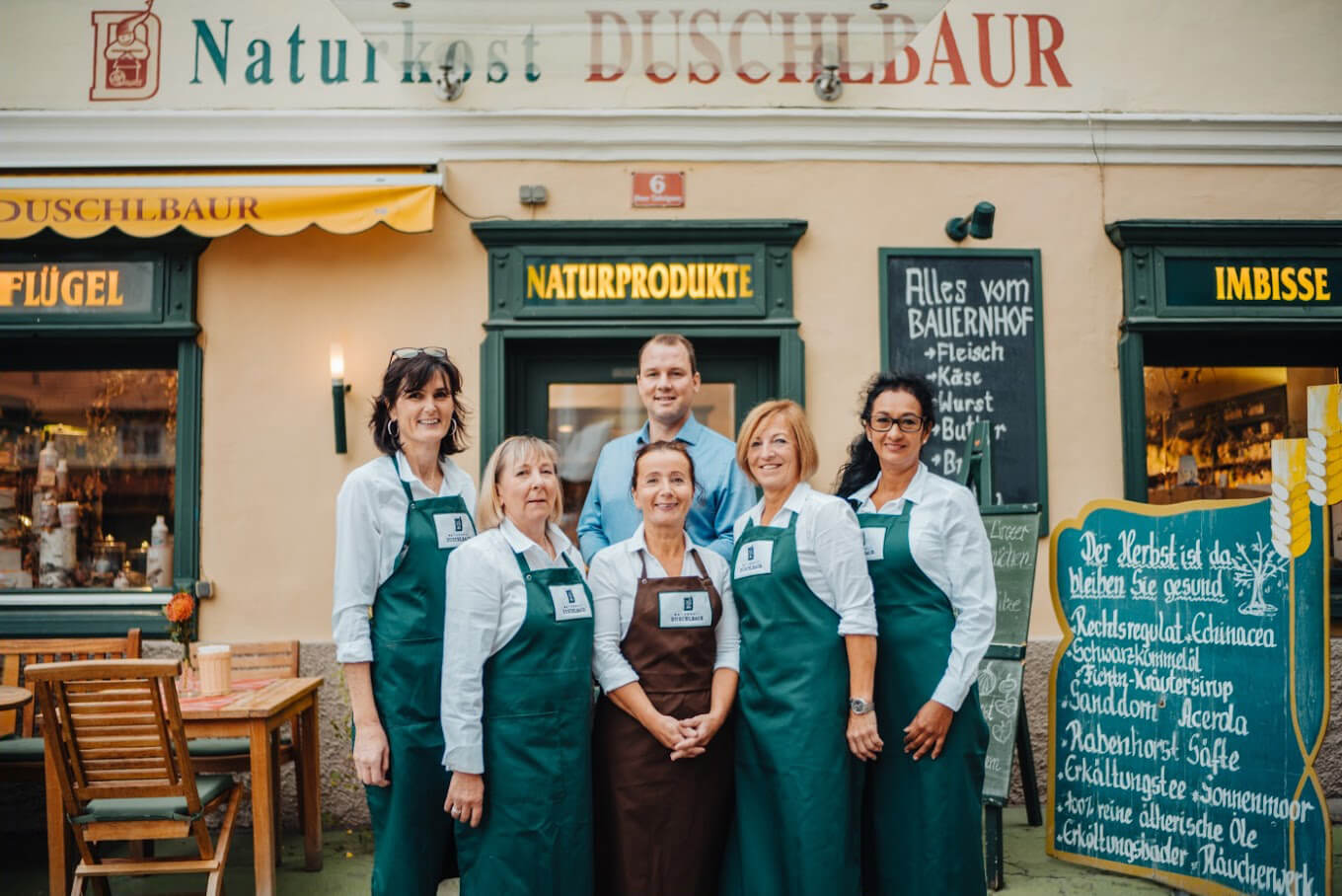The natural ingredients of theSage tincture dropsare: water, alcohol, sage.
To produce these very valuable drops we use the herb with the flower.
In our latitudes, pineapple sage (salvia rutilans), pepper sage (salvia uliginosa), fruit sage (salvia dorisiana), Peruvian sage (salvia discolor), meadow sage (salvia pratensis), steppe sage (salvia nemorosa), and clary sage (salvia sclarea) have found their way into balcony boxes and herb beds.
Originally from the Mediterranean region, sage has always been cultivated in the home gardens of Benedictine monks. From there, sage began its conquest. The sage plant is not only popular as a medicinal plant or for garden decoration. Beekeepers also cultivate it as food for their bee colonies. The aforementioned pepper sage has earned the name "bumblebee nest." Its peppery aroma has an irresistible appeal to pollinators.
Sage loves calcareous, sandy, stony, and rather poor soils. It exists as an annual or perennial herb, subshrub, and shrub. Sage grows in clumps up to 50 cm tall. Its square stems are woody at the base. The leaves are long-stemmed, narrow to lanceolate, up to 8 cm long and 2 cm wide. Typically for Salvia officinalis, they are gray-green and covered in silvery hairs. From May to September, flower clusters adorn the plant. They are bright white, pink, or violet.







